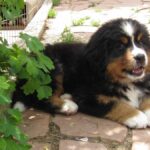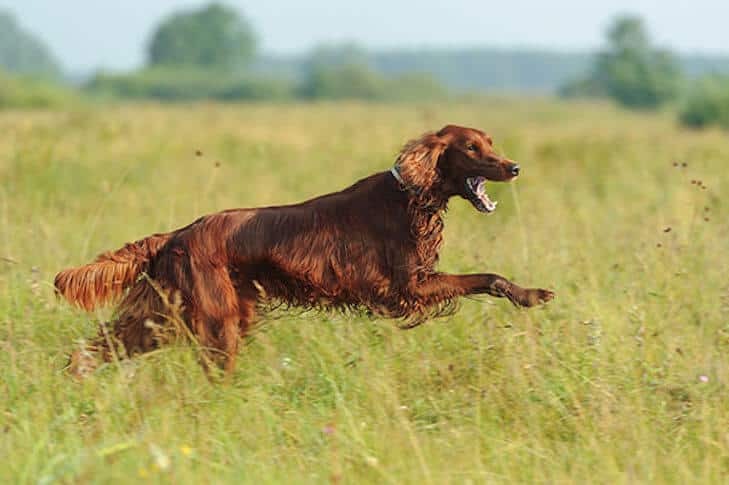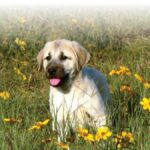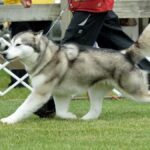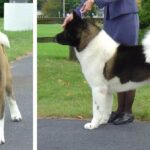Interview with Sporting Group Judge Nena Dee by Showsight Magazine
1. Where do you live? How many years in dogs? How many years as a judge?
2. What is your original breed? What is/was your kennel name?
3. Can you list a few of the notable dogs you’ve bred? Any performance or field titles?
4. How important are Performance and Companion titles in a Sporting Dog?
5. Have you judged any Sporting Breed Specialties?
6. Do you find that size, proportion, and substance are correct in most Sporting breeds?
7. Is breed-specific expression important to you as a judge? Can you offer some examples?
8. What are your thoughts on the current grooming practices among the coated breeds?
9. Are the Sporting breeds in good shape overall? Any concerns?
10. In your opinion, how do today’s exhibits compare with the Sporting Dogs of the past?
11. Why do you think the Sporting breeds make up a large portion of the typical show’s entries?
12. Just for laughs, do you have a funny story you can share about judging the Sporting Group?
Sporting Group Judge Nena Dee
I started my love affair with Irish Setters in 1973. Since then, I have owned, bred, and exhibited Irish Setters for close to 50 years. During this time, my husband, Norbert, and I showed over 30 Irish Setters to their championships, always owner-handled. We’ve had many Group winners, including a multiple BIS bitch. Many of our Setters have also received titles in Obedience and Field events.
I started judging in 2002 as an Irish Setter Breed Judge, and am now approved to judge BIS, and the Sporting and Toy Groups. I have been privileged to judge many Sporting Breed Specialties, including Sweepstakes at the Wirehaired Pointing Griffon National, Veteran Sweepstakes at the Gordon Setter National, the Top 20 at the Spinone Italiano National, and the Dog Classes at the Irish Setter National and (just this past year) the Gordon Setter National.
Where do I live? How many years in dogs? How many years as a judge? My husband and I have lived in Leesburg, Virginia, for approximately 40 years, and have been involved in dogs for close to 50 years. I have been judging for about 20 years and am now approved for the Sporting Group and Permit for the Toy Group.
What is my original breed? What is my kennel name? We have bred and shown Irish Setters under the kennel name Camelot Irish Setters.
Can I list of a few of the notable dogs you’ve bred? Any performance or field titles? We normally bred a litter every 2-3 years and have had some beautiful bitches through the years that placed in the Group: CH Camelot’s Cover Girl, CH Camelot’s Stardust, CH Camelot’s I Love Lucy, and CH Camelot’s Wild Cherry, to name a few. We also had no problem occasionally securing a bitch from someone else, like CH Scarlly’s Sassafras and CH Kintyre’s Debutante (owner-handled BIS). We finished many dogs, but our bloodlines were built around our bitches. I also preferred specialing bitches. We concentrated on Conformation competition, but we’ve successfully placed many puppies in Obedience and Field homes.
How important are Performance and Companion titles in a Sporting dog? I feel that Performance and Companion achievements are also important, as most of the Sporting breeds are so eager to please and are very biddable. To see them be successful in Performance competition or as loving companions makes them wonderful ambassadors of their breed.
Have I judged any Sporting Breed Specialties? Besides judging all-breed shows, I have had the privilege of judging many Specialties, notably the Gordon Setter National, the Irish Setter National Dogs, Sweeps at the Spinone National, plus numerous Regional Specialties of many Sporting breeds.
Do I find that size, proportion, and substance are correct in Sporting breeds? A lot of wording in some of the Sporting breed standards is open to interpretation. I feel that correct size, proportion, substance, and balance are essential and contribute to breed-specific function. An example would be the English Cocker Spaniel, which should have “as much bone and substance as is possible without becoming cloddy or coarse.” After all, the function of the English Cocker Spaniel is to push through heavy, dense cover to flush and retrieve the bird.
As far as size is concerned, I feel that those breeds with a disqualification regarding size adhere very well to the standard. I have had to DQ just one dog for being oversized. Many of the breed standards give a preferred range of size; if a dog is out of that range, it can be faulted but not DQ’d. If a dog is out of the size range, it is more often seen to be at the high range.
Is breed-specific expressions important to me as a judge? Examples? The head is one of the defining features of a breed, and that would include expression. Breed-specific expression is also very important to function; big noses, correct length and shape of muzzle and skull, and ear set, eye shape, color and placement. Personally, I prefer a dark eye, except in those breeds where the standard states a lighter color is dictated by coat color or a lighter color is stated as correct. An example would be the Chesapeake Bay Retriever Standard which calls for eyes of a yellowish or amber hue. The Nova Scotia Duck Tolling Retriever Standard states that the eye color can blend with the coat color. One could also understand why nice, tight eye rims would be desired or why bulging eyes would be undesirable.
What are my thoughts on current grooming practice among coated breeds? I think that some of the grooming on coated breeds today is quite creative! The sculpting on some of the Setters and Cockers, for example, is sometimes too excessive. But it is my job to find what’s under the hair as far as structure and muscling. It doesn’t enter into my placement decision unless it destroys the correct silhouette of the dog. One thing that does concern me is stripping the back coat down to the skin. After all, a Sporting Dog does need a “jacket.” There are other ways to get the back coat to lie flat.
Are the Sporting breeds in good shape overall? Any concerns? I think the Sporting breeds are in great shape as evidenced in improved front assemblies. Fronts in the past were a big problem, but I see strides in correcting this issue. I think the Sporting Group at the shows is very strong.
In my opinion, how do exhibits compare with Sporting dogs of the past? I think most Sporting breeds (especially Setters and Spaniels) have gotten very “fancy appearing” as compared to dogs of the past. Looking at photos of past generations, I think that many of them could compete in the ring today, except for their coat quantity. Lack of coat has never bothered me in the ring as long as the texture is correct. Length of coat is a very seasonal thing.
Why do I think the Sporting breeds make up a large portion of the typical show’s entries? The Sporting Group is one of the largest Groups at the shows as far as the number of breeds—with another breed, the Bracco Italiano, joining in the future. Because these breeds are eager to please and make excellent companions and show dogs, the owners enjoy showing them or having them shown. I feel the Sporting Group has a large number of owner-handlers.
